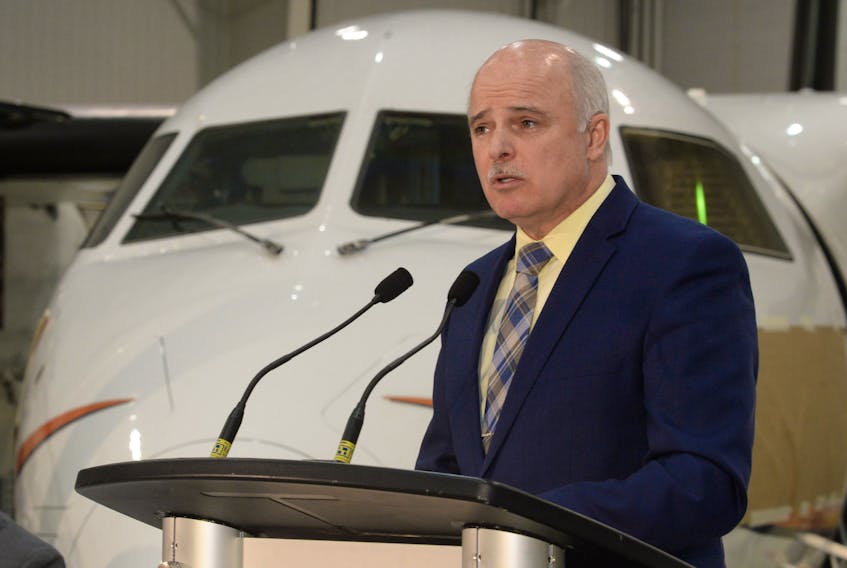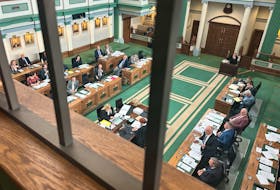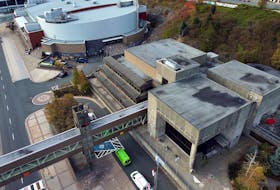ST. JOHN'S, N.L. — A $1-million report on economic diversification by McKinsey and Company reveals opportunity and systemic problems for Newfoundland and Labrador.
The report is not just about what the government should be doing to stoke economic growth across the province. According to McKinsey and Company, the private sector will need to step up to help ensure a bright future in the province.
“The Government of Newfoundland and Labrador cannot serve as the main job creation engine for the province,” reads the report.
“Entrepreneurship is required to establish and grow more local businesses.”
The report continues:
“Rather than focus on how the government could undertake economic growth initiatives on its own, the province should continue to facilitate and enable the private sector to assume more leadership where appropriate … supporting and regulating private players along the way,” reads the McKinsey report.
How the government can support private business, while expanding its own initiatives, is outlined in 37 recommendations from the company.
On offshore oil development — about which the report says the government is already setting “ambitious targets” — McKinsey recommends “incentives” to stimulate and accelerate development.

“This could include offering fiscal incentives to encourage exploration in ‘frontier’ offshore areas and continuing continuous exploration and accelerated development,” says the report.
The report points to ongoing benefits reaped by increased activity in the province’s offshore oil and gas sector, particularly pointing to seismic exploration by Nalcor as driving global interest in oil and gas development.
A recent report from the federal government noted sea levels will rise most rapidly in Atlantic Canada in this century due to climate change, which is caused by excessive greenhouse gas emissions.
The McKinsey report notes a few areas in which the provincial government needs to be “more ambitious” in its efforts to diversify the economy through its Way Forward documents.
“In tourism, for example, the province could aspire to match Destination Canada’s growth target of 6.4 per cent per annum, a substantially higher growth benchmark than the existing targets,” reads the report.
“In the aquaculture industry, the entry of two major players (Greig and Marine Harvest) will likely position the province to considerably outperform the salmon production targets set in The Way Forward.”
If executed in full, the report says its recommendations could increase the provincial gross domestic product (GDP) by $12 billion, and add 30,000 jobs – mostly in rural Newfoundland and Labrador.
But even with successful implementation of those recommendations, unemployment would remain high.
The report notes the national unemployment rate is 5.6 per cent, and the provincial rate is 14.8 per cent, with a rural rate that often approaches 20 per cent.
Even if the government enacts all of the McKinsey report’s recommendations, unemployment would remain a problem in the province, the report says.
If everything were done as McKinsey recommends, the unemployment rate across the province would drop from 14.8 per cent to 11 per cent by 2030. But that still equates to a 42 per cent GDP growth and 14 per cent increase in overall employment over that time as well.
In question period on Monday, Finance Minister Tom Osborne says he is encouraged by the report, and it would stand to benefit the province even if only partially implemented.
“The report is suggesting that we can increase GDP somewhere between $5 billion and $12 billion, that we can add another 27,000 to 30,000 jobs in this province. If we get just a fraction of that, the investment is well worth it,” Osborne said in the House of Assembly.
In February, requests for the report by The Telegram were met with news that the report would be released after the budget. Osborne didn’t give a definitive yes or no if the early release of the document gives a hint to the drop of the writ for the imminent provincial election.
“We all know what could be coming this week. I wanted to live up to my commitment of releasing this report, so we released it today,” Osborne said.
Twitter: @DavidMaherNL
RELATED









